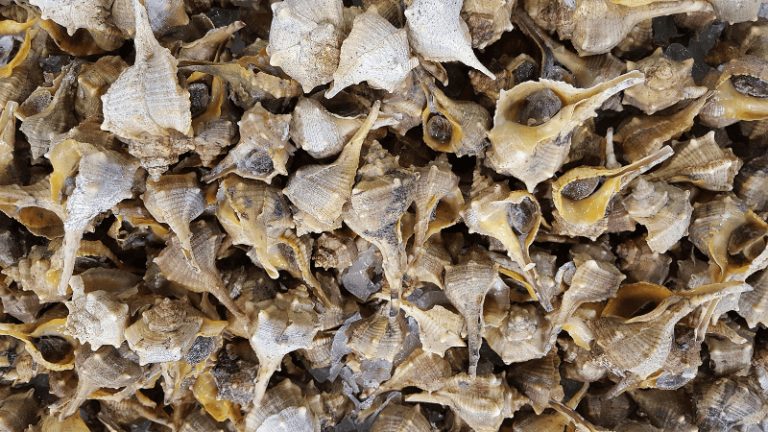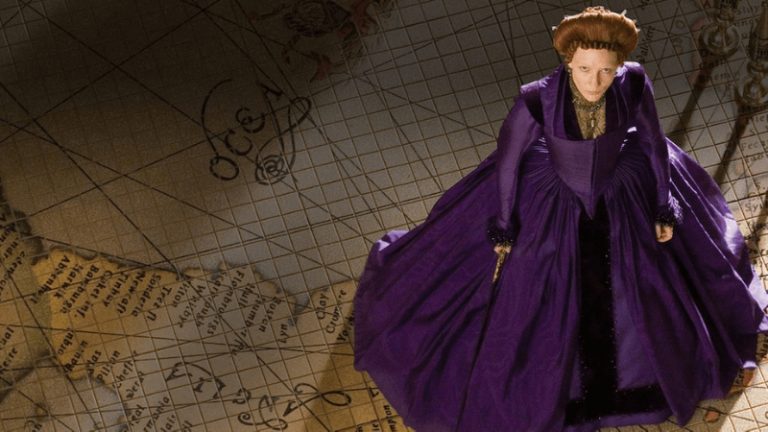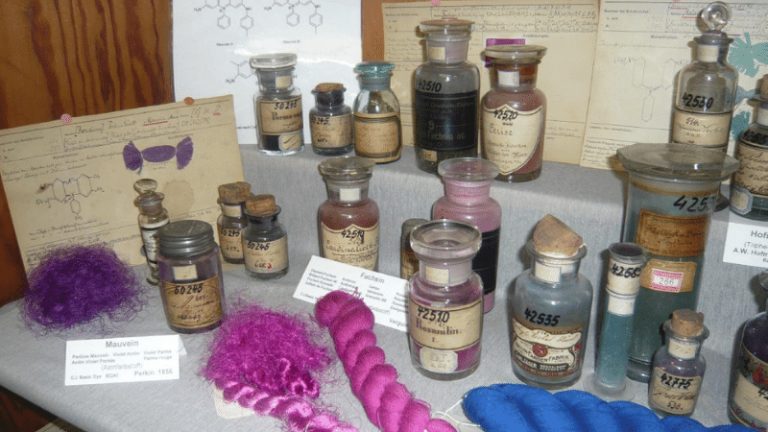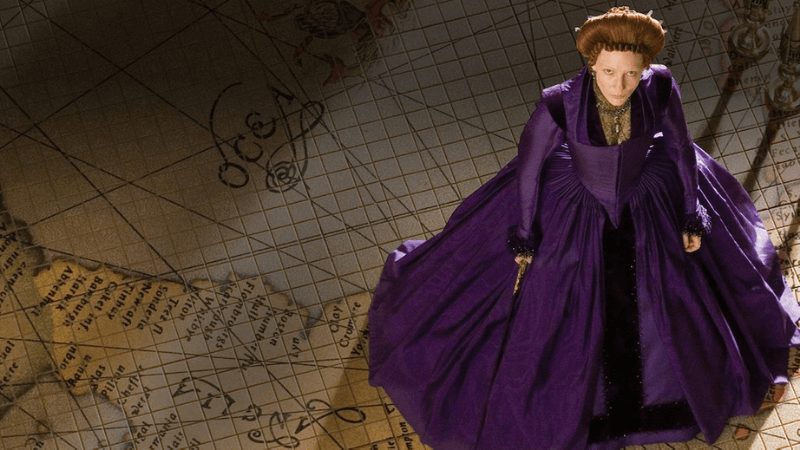
Supply and demand
Purple initially gained its royal reputation thanks to a simple case of supply and demand. For centuries, the purple dye trade was centered in the ancient Phoenician city of Tyre in modern day Lebanon.
The Phoenicians’ “Tyrian purple” came from a species of sea snail now known as Bolinus brandaris. To create the dye, laborers had to crack open the snail’s shell, extract a purple-producing mucus, and expose it to sunlight for a precise amount of time.
The resulting dye created a vibrant and long-lasting shade of purple. But the process required a massive amount of resources. It took as many as 250,000 snails to yield just one ounce of usable dye, so clothes made from Tyrian purple dye were exorbitantly expensive. Thus, the color’s association with the wealthy and powerful began.

An exclusive fashion statement
Several rulers throughout history have gone so far as to create laws dictating which citizens were allowed to wear purple. During the period of the Roman empire, the emperor was the only person who could wear the imperial color purple, while only official seers could wear purple and saffron combined.
Purple’s exclusivity also carried over to the Elizabethan era (1558 to 1603) in England. Queen Elizabeth I’s Sumptuary Laws forbid anyone except close relatives of the royal family to wear purple. In addition to colors, the Sumptuary Laws also regulated which fabrics and clothes could and couldn’t be worn by different classes within English society.
While the principle concern behind the Sumptuary Laws was preventing frivolous spending, there was also the belief that letting anyone wear whatever they choose would inevitably lead to moral decline.

An unexpected breakthrough
Even outside of legal restrictions, the high cost of fabrics made with purple dye made it a cost-prohibitive fashion choice for centuries. That is, until an unexpected discovery by William Henry Perkin in 1856.
Perkin was trying to find a way to make quinine in his makeshift home lab. Quinine was used to treat malaria, but it was expensive to obtain because it came from the bark of the South American cinchona tree.
Perkin tried to develop synthetic quinine with chemicals derived from coal tar and he noticed his mixture left behind a black residue. When this was made into a solution, it resulted in the creation of the first synthetic dye, a shade of purple which he named mauve.
Trivia
Purple (“For purple mountain majesties”)
It’s Still Rock and Roll to Me (Billy Joel)
Brooks (Brooks Brothers and Brooks Sports)

